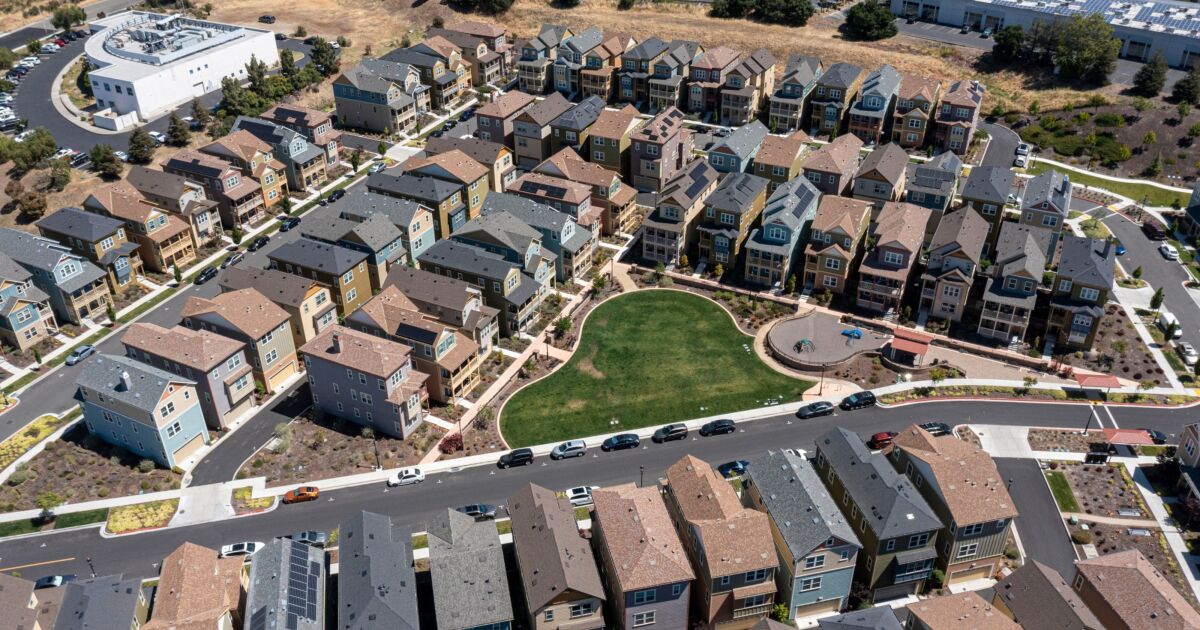
Mortgage rates continued their upward climb this week, taking their toll, not just on refinance volume, but purchase activity as well.
The increase does not fully take into account a post-election spike in the 10-year Treasury yield, one of the mechanisms used to price mortgages.
At one point on Nov. 6, the 10-year hit 4.48%,
The 30-year fixed rate mortgage averaged 6.79% on Nov. 7, up from
Meanwhile, the 15-year FRM averaged 6%, a gain of one basis point from Oct. 31's 5.99%. A year ago at this time, it was at 6.81%.
"It is clear purchase demand is very sensitive to mortgage rates in the current market environment," Sam Khater, Freddie Mac chief economist, said in a press release. "As soon as rates began to rise in early October, purchase applications fell and over the last month have declined 10%."
But it is not just purchases that are affected. After a brief period where refinancings made up about 30% of rate lock activity, those were down to 18% on Nov. 5, according to an Optimal Blue report.
According to Zillow's rate tracker, the 30-year FRM as of 11:30 was down 2 basis points from where it averaged for Wednesday at 6.59%. This was one basis point higher than the prior week's average.
"The recent jump in the 10-year Treasury yield continued last week, pushing mortgage rates up to levels last seen in July and pulling mortgage applications down for the sixth consecutive week," Mortgage Bankers Association President and CEO Bob Broeksmit said in a Thursday morning comment
Shifting sentiment among market participants is a likely contributor to the rise in the 10-year yield, the KBRA Financial Intelligence report of Nov. 7 said.
"As FOMC members voted to cut the benchmark fed funds rate by 50 basis points on Sept. 17, it also laid out a path toward 50 basis points of further cuts through the end of the year as a median expectation in its dot plot," KBRA said. "By the start of October, market participants were largely expecting even more dovishness from policymakers."
So now the markets expect 50 basis points total (including from today's meeting) of reductions by year-end, instead of 75 basis points.
Samir Dedhia, the CEO of One Real Mortgage, a mortgage brokerage in New Jersey, believes the expected 25 basis point reduction by the FOMC would have a small impact for home lending.
"For the housing market, these immediate rate cuts could help reduce borrowing costs and provide relief to homebuyers who have been discouraged by high mortgage rates," Dedhia said in a statement. "Although one rate cut may have a limited effect, consecutive cuts could improve affordability and drive more market activity, particularly if the Federal Reserve indicates a commitment to maintaining lower rates over a longer period."



